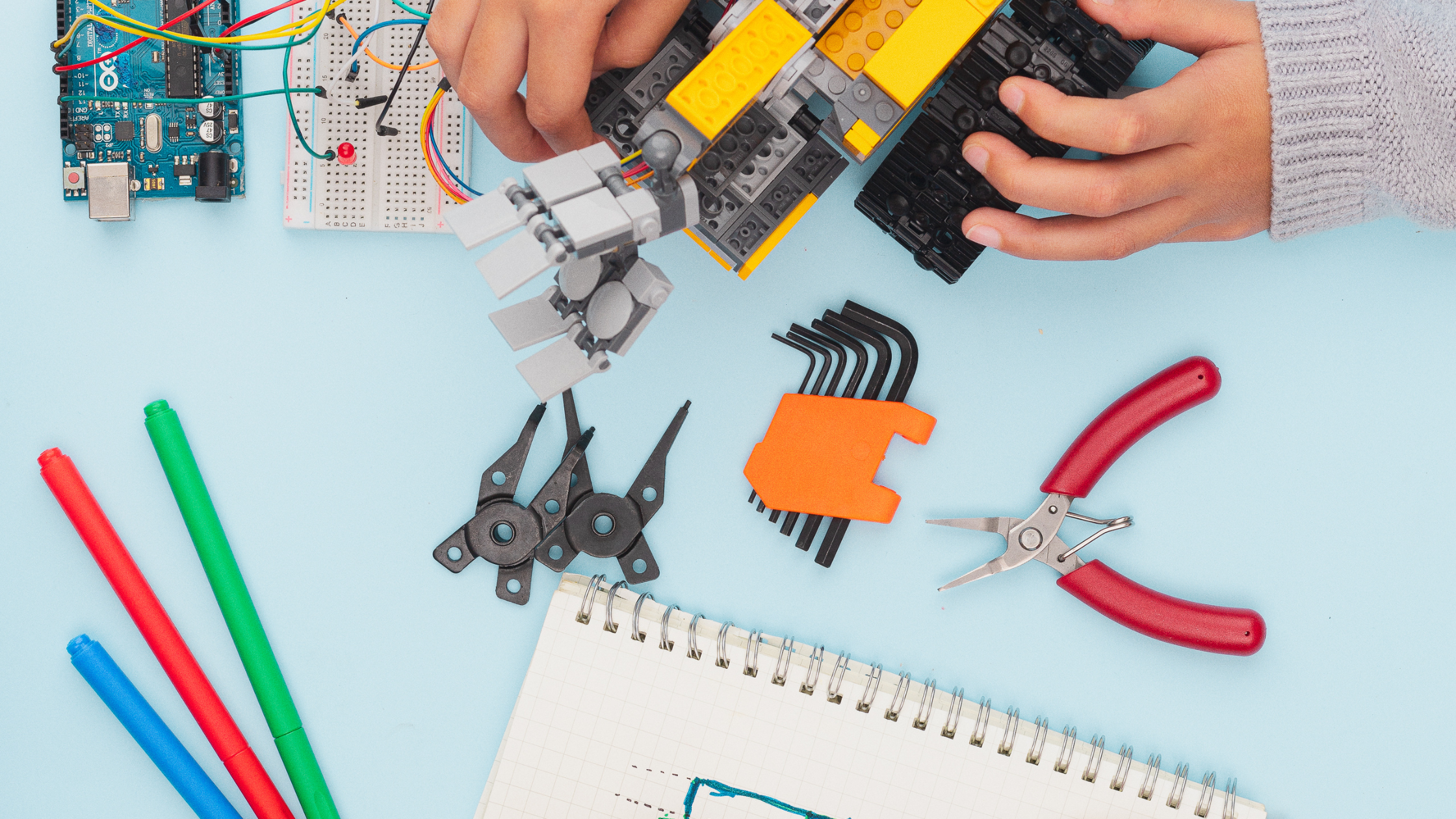Prototyping for Success: Turning Ideas into Reality
Prototyping is one of the most critical steps in product development. It’s the bridge between your idea and the final product, providing an opportunity to test, iterate, and refine your concept before it hits the market. At Project Pacific, we believe that a well-executed prototyping phase can be the difference between a successful product and a missed opportunity.

1. The Role of Prototyping in Product Development
Prototyping serves multiple purposes. It allows teams to explore design concepts, test functionality, and gather user feedback—all before making significant investments in production. This phase is particularly valuable because it identifies potential issues early on, saving time and resources in the long run.
2. Types of Prototypes: From Sketches to Functional Models
Prototypes can range from simple sketches or digital mockups to fully functional models. The type of prototype you choose depends on the stage of development and the specific goals you want to achieve. Early-stage prototypes might focus on design aesthetics, while later stages might involve more detailed, functional models that can be tested for usability and performance.
3. Iterative Development: Refining the Product
One of the key benefits of prototyping is the ability to iterate. Feedback from stakeholders, team members, and potential users can be integrated into successive versions of the prototype. This iterative process ensures that the final product is not only functional but also aligned with user expectations and market demands.
4. Collaboration and Cross-Functional Teams
Successful prototyping requires collaboration across different teams—design, engineering, marketing, and more. At Project Pacific, we emphasize the importance of cross-functional collaboration to ensure that every aspect of the product is considered and optimized.
5. User Testing: Gaining Valuable Insights
User testing is an integral part of the prototyping process. By putting the prototype in the hands of real users, you can gain invaluable insights into how the product will be received in the market. This feedback can highlight areas for improvement and validate design choices before the product is finalized.
6. Finalizing the Prototype: Preparing for Production
Once the prototype has been thoroughly tested and refined, it’s time to prepare for production. This involves finalizing the design, ensuring all technical specifications are met, and conducting any last-minute tests to guarantee quality and performance.
Conclusion
Prototyping is more than just a step in the product development process; it’s a powerful tool for innovation and risk management. By investing in a robust prototyping phase, companies can bring their ideas to life more effectively, ensuring that the final product is well-received by the market and meets the highest standards of quality.
Have a groundbreaking idea that you’re eager to bring to life? At Project Pacific, we specialize in turning concepts into reality through expert prototyping and product development. Whether you need guidance, support, or a collaborative partner to refine your vision, our team is here to help.
Get in touch with us today and let’s work together to transform your ideas into successful products that make an impact. Your journey from concept to market starts with Project Pacific—let’s make it happen!

Comments are closed